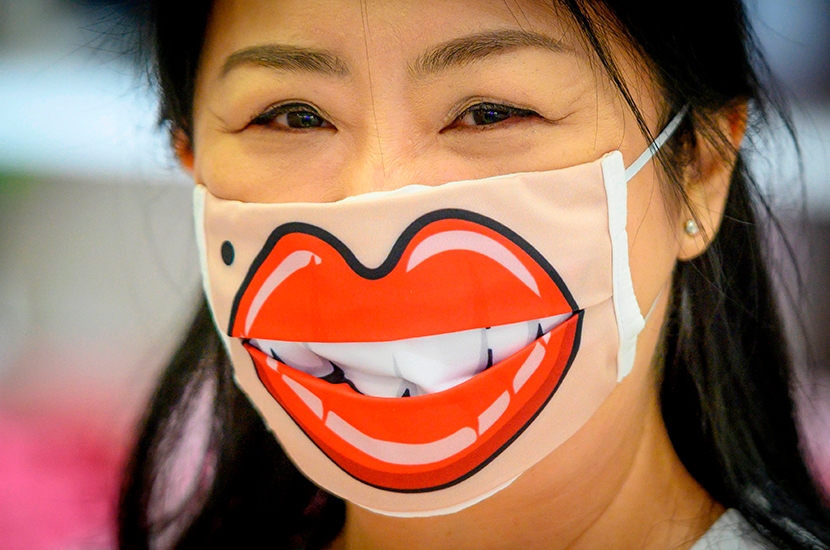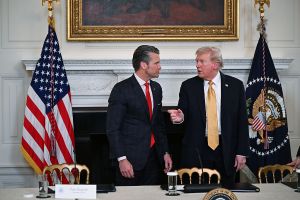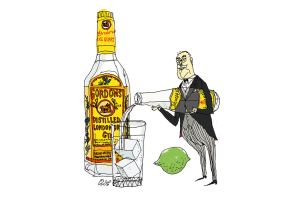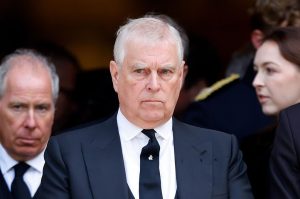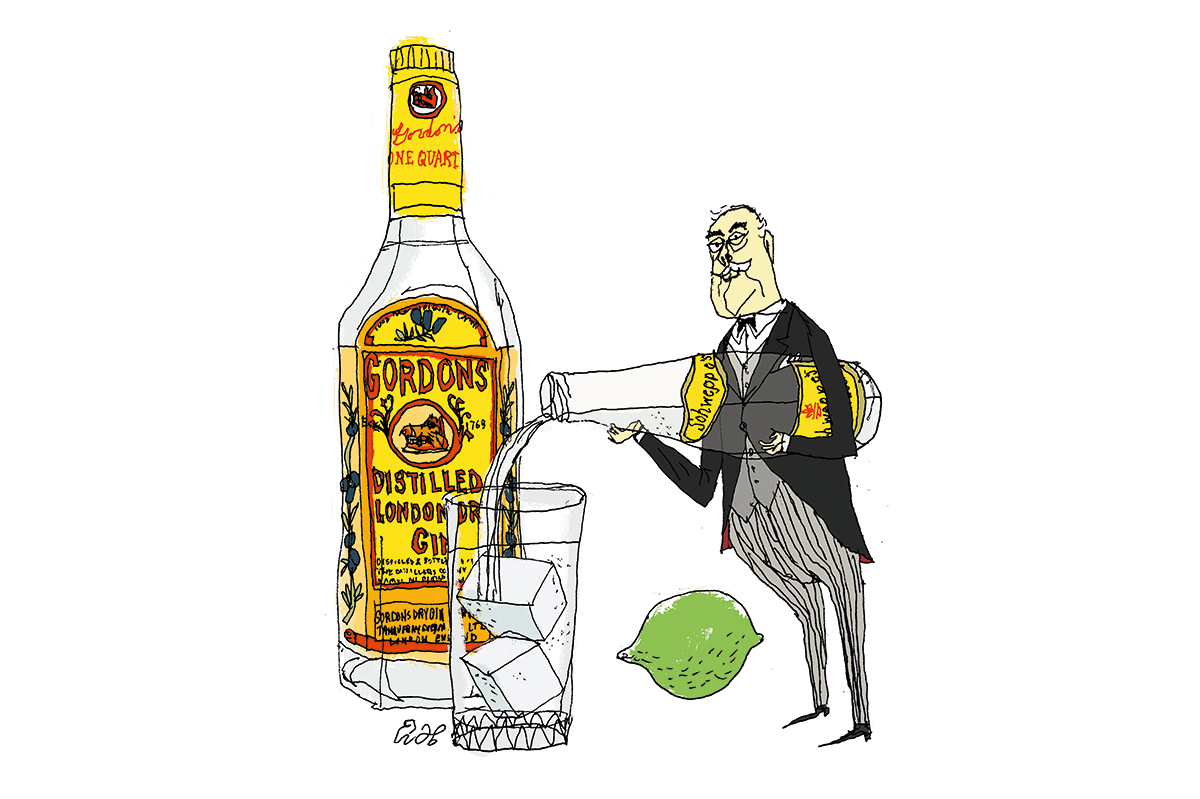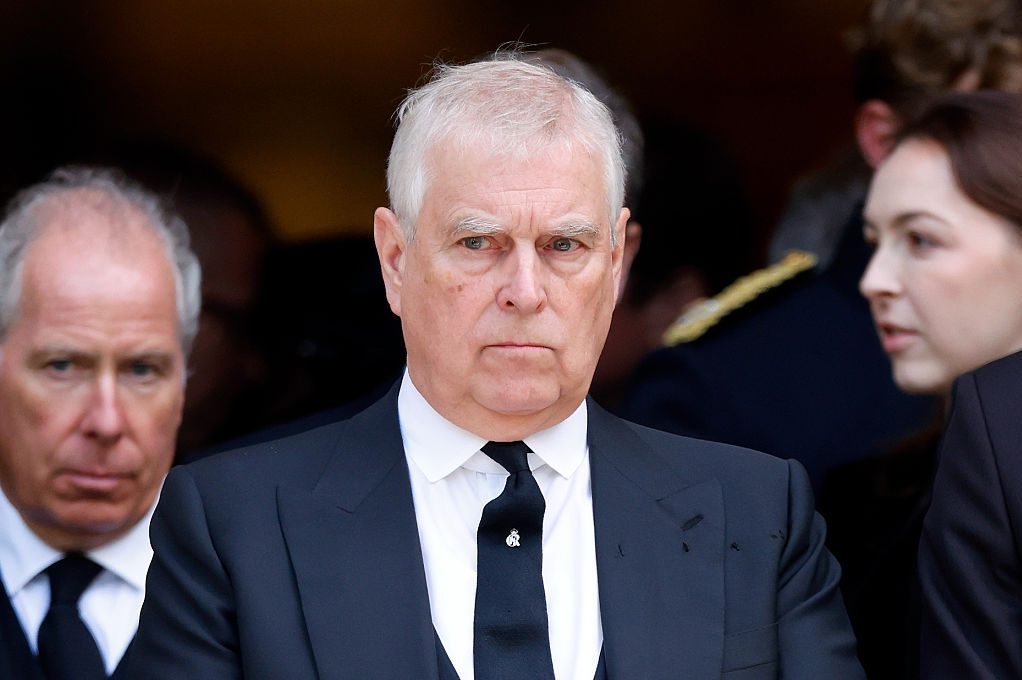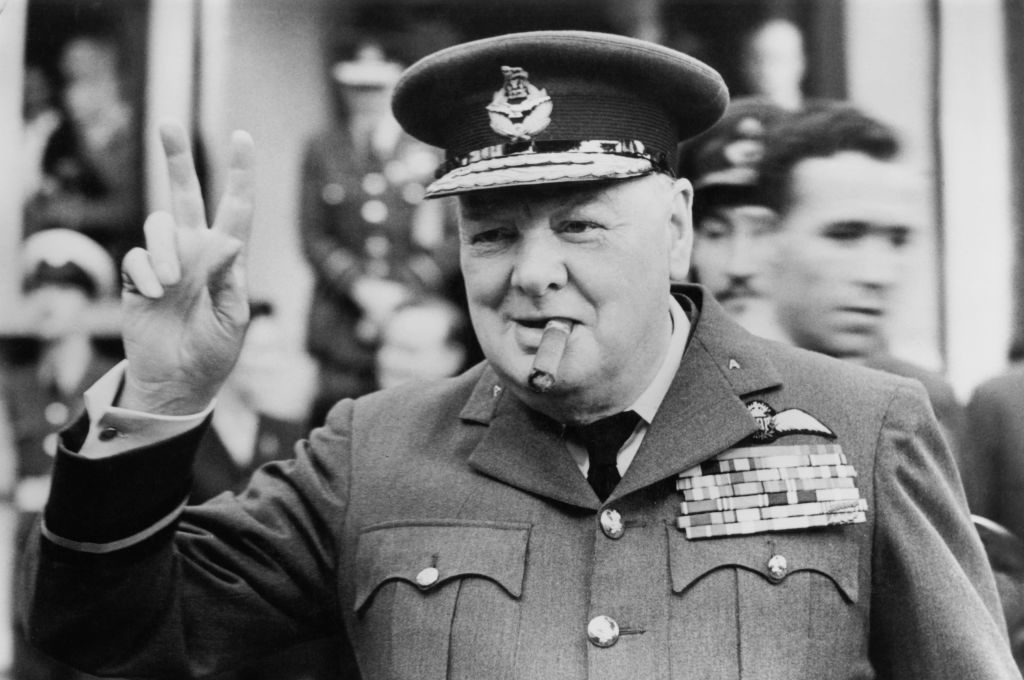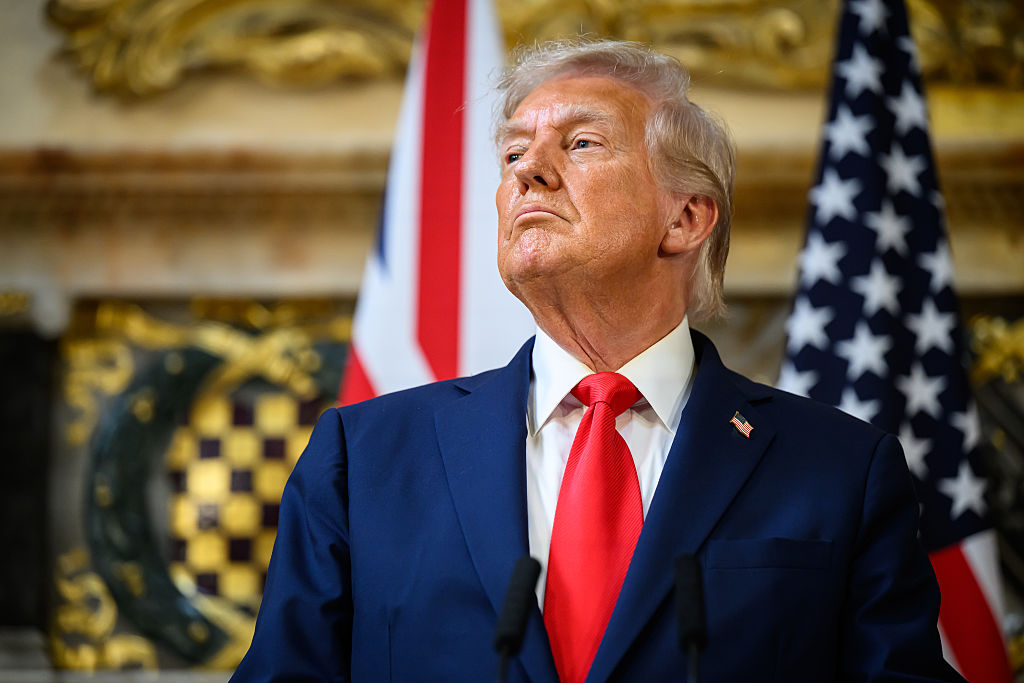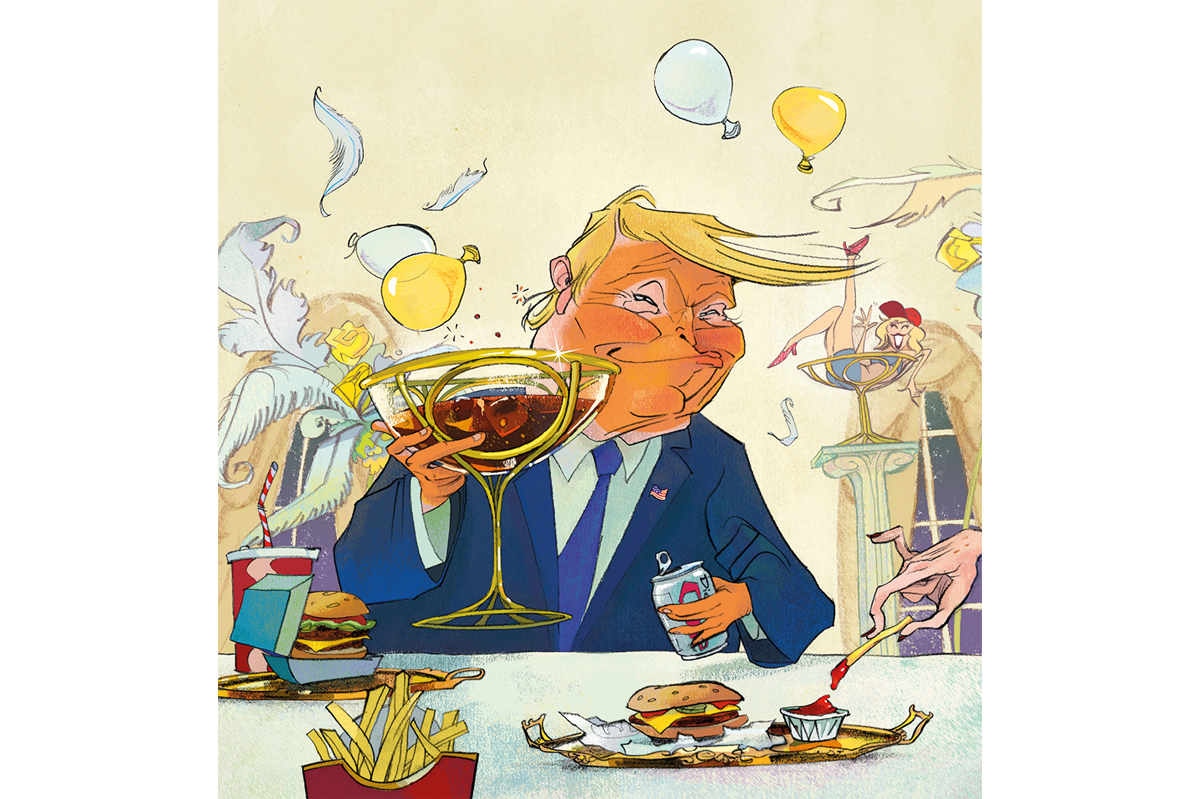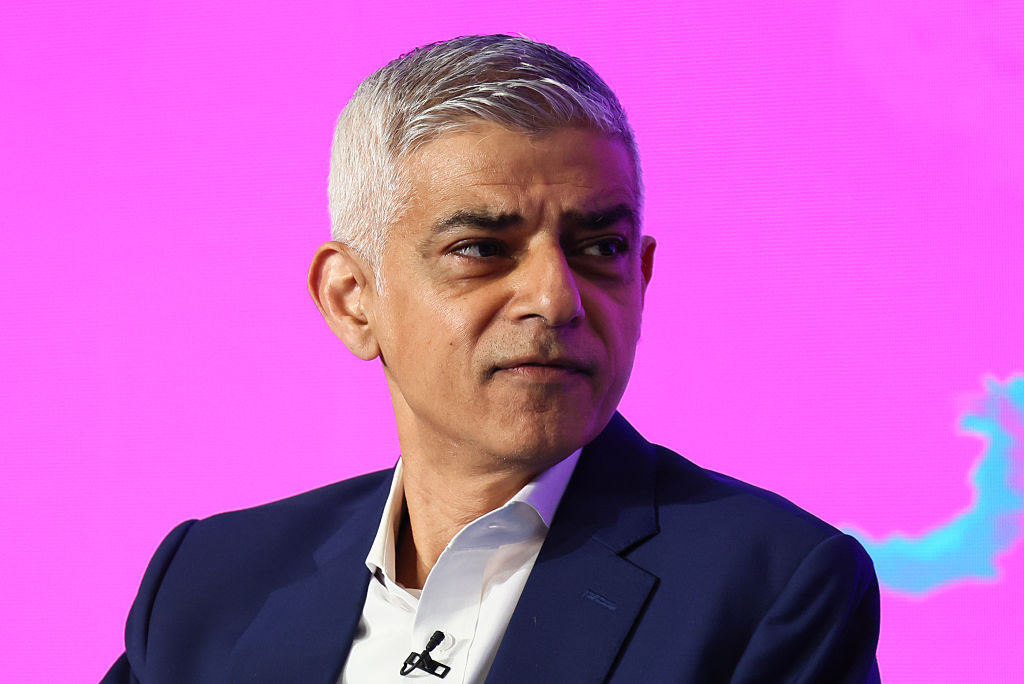London
I’ve been a regular runner for 40 years, pounding my way across Hampstead Heath to Kenwood House and back. This year, thanks to a combination of heart surgery and coronavirus, I’ve become a walker, and my perspective has changed. Walking is a genial activity, requiring you to open yourself up to the world around you. Running is the opposite, a private battle with personal pain. You can see it etched on runners’ faces. They don’t smile until it’s over. I don’t think I shall take it up again. The pain of running once conditioned my life. Now I’m a walker it’s a great relief to experience, and convey, pleasure.
One of the strangely endearing things about Zoom is its visual quality. Over the years television appearances have been fine-tuned by make-up and lighting departments to ensure that we all look as good, and as similar, as possible. On Zoom we look as we really are, and generally rather worse, but with giveaways such as bookshelves, pictures on walls, the impromptu appearance of a child asking for a biscuit, we are exposed warts and all, without being tidied up for public consumption. That’s kind of reassuring. Zoom may be technically degrading, but it’s a great leveler. Mick Jagger’s living room looks as unremarkable as anyone else’s.
Acting opportunities are thin on the ground these days but I have to thank lockdown for a lucky break. As theaters across Britain closed, theatre charities began to work frantically to try to relieve the plight of those quite suddenly deprived of their livelihood. One of these charities is the Royal Theatrical Fund, whose president is Robert Lindsay. Robert and I last acted together nearly 30 years ago on Alan Bleasdale’s GBH, and we have long nursed an ambition to act in Waiting For Godot together. Thanks to some sharp-eyed fundraiser, we found ourselves playing a 30-minute extract on Zoom to an unseen, unheard audience of 1,000, with Joanna Lumley reading the stage directions and the two main characters several miles apart. My phone went off halfway through but other than that, it went pretty well. Beckett’s themes of confusion, indecision, fear and false jollity seemed to suit the times perfectly.
For a profession whose emblem is the masks of tragedy and comedy, it’s ironic that I should have the impression that actors are reluctant to endorse mask use. I think it could be that acting is about observing and reproducing others’ behavior. If half the face is covered then half the information you need is lost. Thanks to smartphones, eye contact in public has already virtually disappeared. Now, as we are asked to mask up, will smiles go the same way?
I’ve spent lockdown gathering material for a book about my enigmatic great-uncle Harry, who, after working unsuccessfully on tea plantations in India (where he was deemed ‘a rather self-satisfied young man and something of a handful’), emigrated to New Zealand to work as a farmhand. When the Great War broke out he enlisted in the New Zealand army and was sent to fight the Turks in the Dardanelles. Which is how I found out to my surprise that Gallipoli was the most photographed first world war battlefield. In 1912 Kodak brought out their first portable camera, the Vest Pocket Camera. It was a must-have, and when the Anzacs landed at Gallipoli there was a VPK in every top pocket. The result is an extraordinary picture of an army off duty. Peter Jackson, the New Zealand film director and an authority on all things first world war, is getting quite excited about the elusive Harry, and thinks he has spotted him in at least three group photos. Thanks to the Kodak VPK, I can feel him coming back to life.
[special_offer]
Central London is a ghost town these days. Without the admiring crowds of foreign tourists, the grandeur of the buildings and the sweep and scale of the streets seem oddly purposeless. It feels like a once-deserted city being slowly re-inhabited. Some bars and restaurants are operating unconvincingly and ugly barriers have been erected to extend the pavements for social distancing, though thanks to instructions to avoid public transport and the narrowing of roads for cycle-ways, there’s no one on them anyway. That said, my recent visit to the National Gallery was most successful. Taking the view that seeing Titian’s ‘Diana and Actaeon’ was ‘essential’, I rode the underused Underground, which was clean, efficiently run and almost empty, and after a little bit of cheerful queuing I was into an equally clean, efficiently run and almost empty National Gallery. If you want an intimate and unrushed look at some of the world’s finest paintings, go now.
This article was originally published in The Spectator’s UK magazine. Subscribe to the US edition here.



